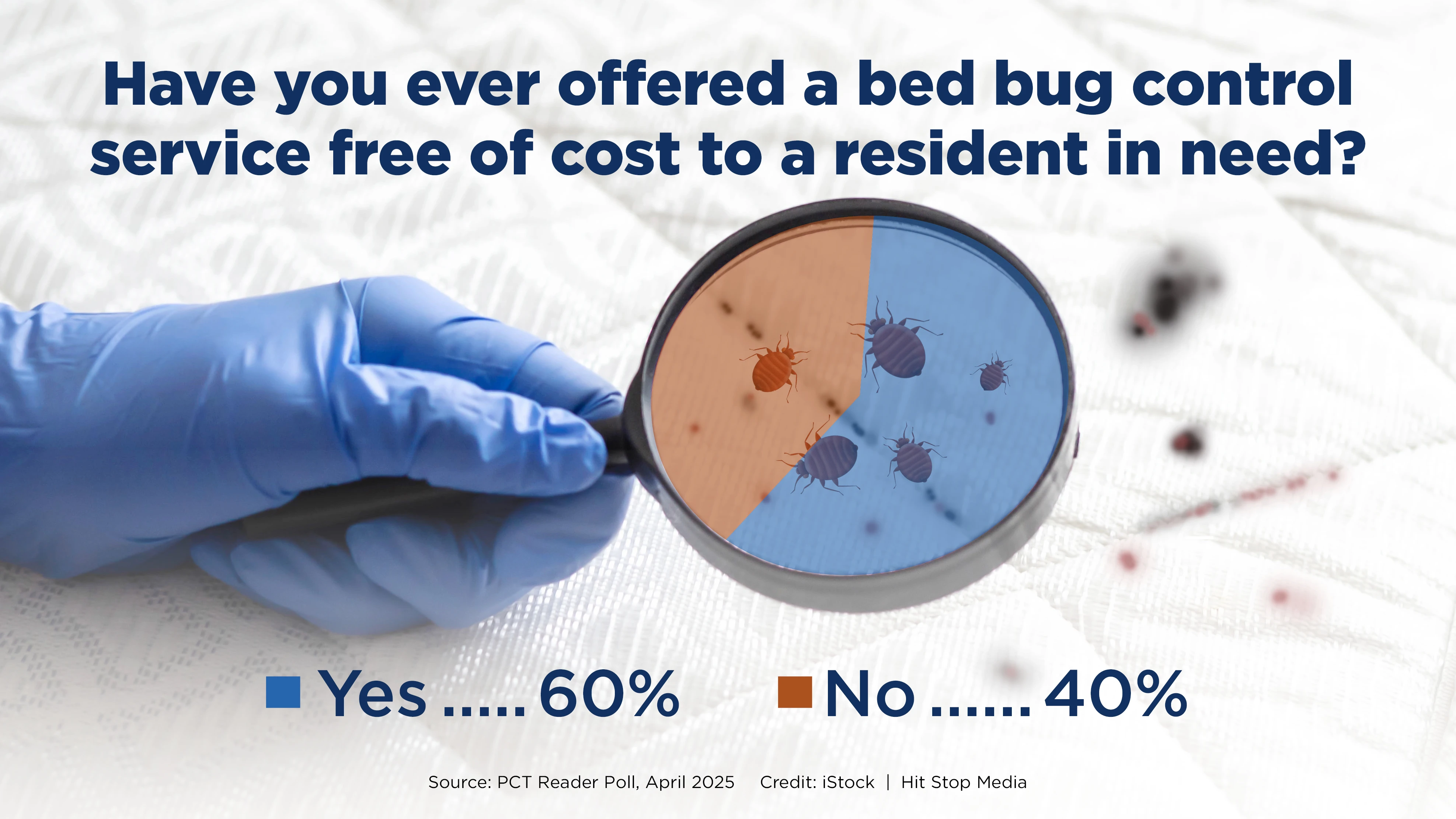As any visitor to New Orleans, and the French Quarter in particular has seen, there are thousands of metal discs in the earth. Those discs cover Dow AgroSciences’ Sentricon stations, which are hard at work against the area’s large termite population.
So what happens when the areas in which these termite baits are located are flooded?
Michelle Smith, a product technology specialist for Dow AgroSciences, told PCT that some of the termites are destined to survive. “Not all of the termites are going to be submerged. Some of them are going to be deeper than the water so there are still air in the pore spaces between the particles,” she said. “If only a few of the termites can survive, that colony can recover. The other thing that can happen are little isolated pockets of termites can turn into their own colony. If a colony gets split up by some kind of physical action the termites can form their own colonies and live independently.”
There are about 1.2 million Sentricon stations in Orleans Parish, said Ed Bordes, director of the New Orleans Mosquito & Termite Control Board. They have been in the ground anywhere from one month to eight years and not all have had active bait, most are monitors, he said.
Dow AgroSciences says its termite bait stations are up to the task of surviving Katrina. “Unless they’ve physically moved by the soil that they’re sitting in, they’re still going to be there when the water subsides,” Smith said.
“The stations do just fine,” concurred John Kalthoff, marketing manager for the Sentricon System. “There are hooks on the stations that prevent them from moving around a whole lot, getting pushed up out of the ground. The tops are going to be dirty, but the insides are very easily changed out.”
Kalthoff said in the coming months as the city begins to rebuild, Sentricon Authorized Operators will be able to replace stations free of charge for those properties that are under protection by Sentricon. Dow will bear the replacement materials cost.

Explore the October 2005 Issue
Check out more from this issue and find your next story to read.
Latest from Pest Control Technology
- Target Specialty Products, MGK Partner for Mosquito Webinar
- Cockroach Control and Asthma
- FORSHAW Announces Julie Fogg as Core Account Manager in Georgia, Tennessee
- Envu Introduces Two New Innovations to its Pest Management Portfolio
- Gov. Brian Kemp Proclaimed April as Pest Control Month
- Los Angeles Ranks No. 1 on Terminix's Annual List of Top Mosquito Cities
- Kwik Kill Pest Control's Neerland on PWIPM Involvement, Second-Generation PCO
- NPMA Announces Unlimited Job Postings for Members





